#la tène
Text
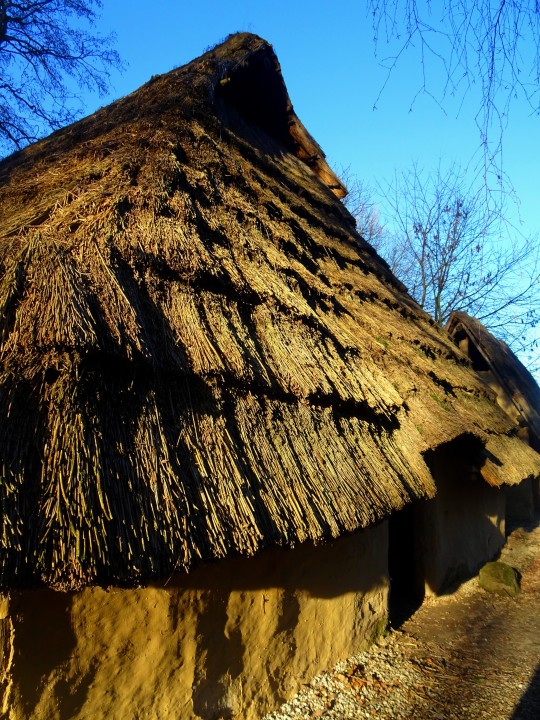
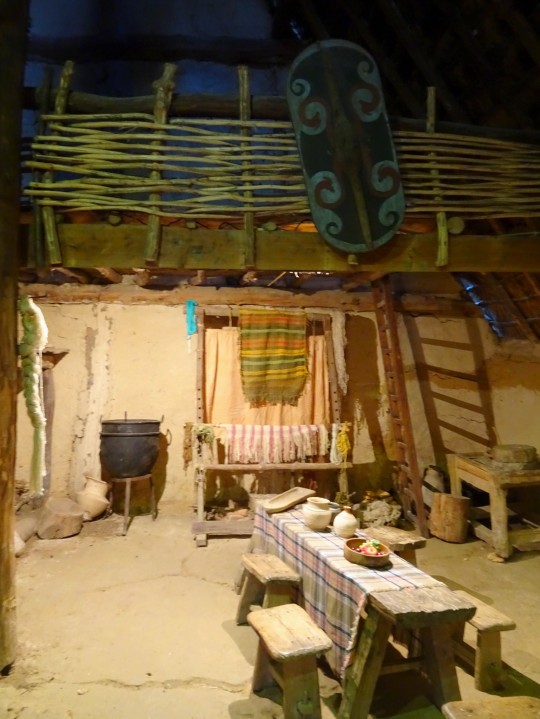



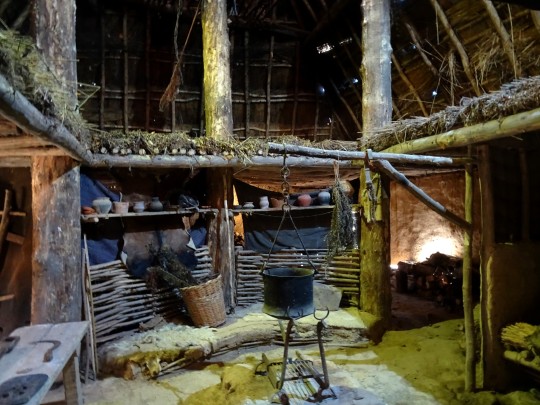

Petite balade en Wallonie, il y a 15 jours, plus précisément l'Archéo-site d'Aubechies. Ici des habitats reconstitués.
les 4 premières : habitat celtique de l'Âge du Fer, culture de la Tène, 100 av. J-C.
les 3 autres : habitat de l'Âge du Fer, culture de Hallstatt, 450 av. J-C.
#belgique#wallonie#aubechies#archéosite#archéologie#préhistoire#celte#celtique#gaulois#la tène#hallstatt#chaumière#chaumes#gaule
3 notes
·
View notes
Text
Ramsl, P. C. (2020) Diversity of male identities in early and middle La Tène period cemeteries in Central Europe. Nitra: Archeologický ústav SAV
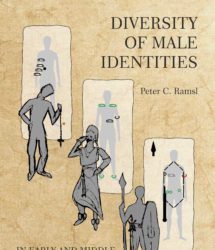
166.p.
"As written in the chapter by J. Gretzinger and St. Schiffels in this book, it is clear by analyzing the DNA that this is a biological man. As mentioned above, it is a special case, proved by two methods. Therefore, it is up to archaeology to provide an interpretation. According to my best knowledge, it is the first proven case of a male person in the early Iron Age who is wearing part of a ‘typical female costume’ – so not only some female marker, but an extraordinary one."
3 notes
·
View notes
Text
youtube
Watch the 2024 American Climate Leadership Awards for High School Students now: https://youtu.be/5C-bb9PoRLc
The recording is now available on ecoAmerica's YouTube channel for viewers to be inspired by student climate leaders! Join Aishah-Nyeta Brown & Jerome Foster II and be inspired by student climate leaders as we recognize the High School Student finalists. Watch now to find out which student received the $25,000 grand prize and top recognition!
#ACLA24#ACLA24HighSchoolStudents#youtube#youtube video#climate leaders#climate solutions#climate action#climate and environment#climate#climate change#climate and health#climate blog#climate justice#climate news#weather and climate#environmental news#environment#environmental awareness#environment and health#environmental#environmental issues#environmental education#environmental justice#environmental protection#environmental health#high school students#high school#youth#youth of america#school
17K notes
·
View notes
Text
La invasión tracocimeria
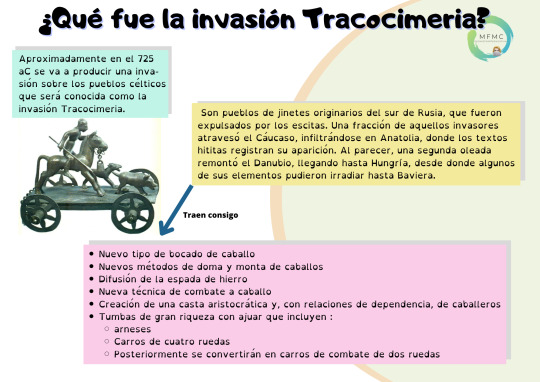
View On WordPress
0 notes
Text
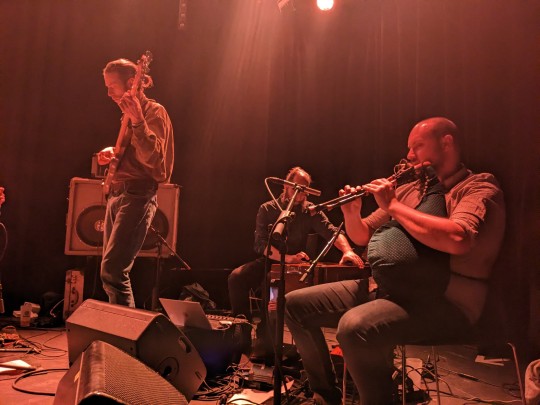
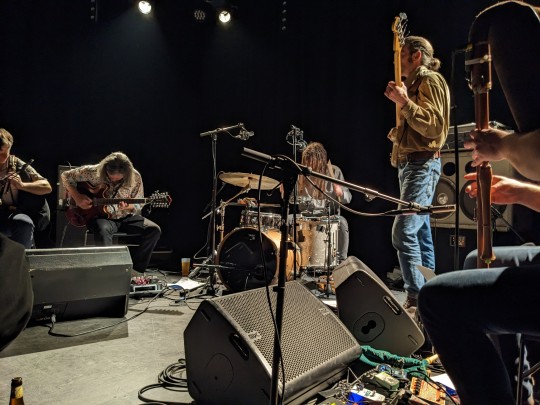
La Tène au Périscope, Lyon.
La transe qui prend si facilement, c'est tellement bon.
1 note
·
View note
Text

La Tène style design by Aleck Fagan
#La Tène style#pagan#witch#nature#design#pagan witch#the goddess#the horned god#moon#sun#celtic polytheism#celtic witch#celtic style#celtic paganism#celtic art#celtic#irish art#irish heritage#irish history#ancient ireland#concentric#iconography#druidism#pagan druid#druid#sigils
3 notes
·
View notes
Text
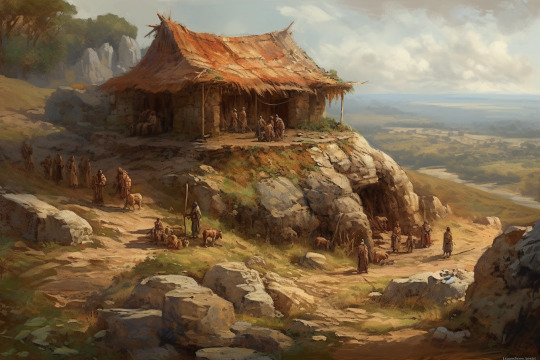
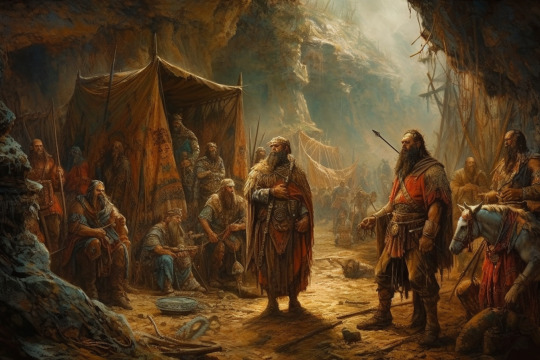
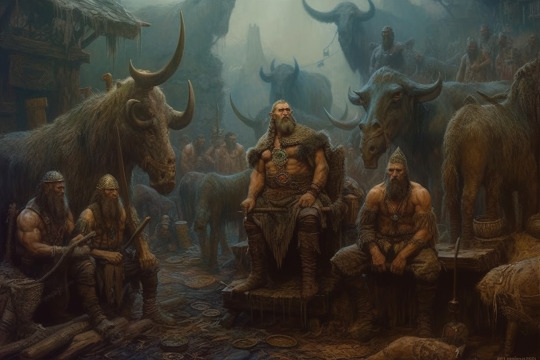
I directed Midjourney to make pictures of the the Yamnaya Culture (first image) and the La Tène Culture (second and third) with a good deal of fantastic latitude. Those cows … wow.
by Midjourney v5
3 notes
·
View notes
Text
youtube
Watch the American Climate Leadership Awards 2024 now: https://youtu.be/bWiW4Rp8vF0?feature=shared
The American Climate Leadership Awards 2024 broadcast recording is now available on ecoAmerica's YouTube channel for viewers to be inspired by active climate leaders. Watch to find out which finalist received the $50,000 grand prize! Hosted by Vanessa Hauc and featuring Bill McKibben and Katharine Hayhoe!
#ACLA24#ACLA24Leaders#youtube#youtube video#climate leaders#climate solutions#climate action#climate and environment#climate#climate change#climate and health#climate blog#climate justice#climate news#weather and climate#environmental news#environment#environmental awareness#environment and health#environmental#environmental issues#environmental justice#environment protection#environmental health#Youtube
16K notes
·
View notes
Photo
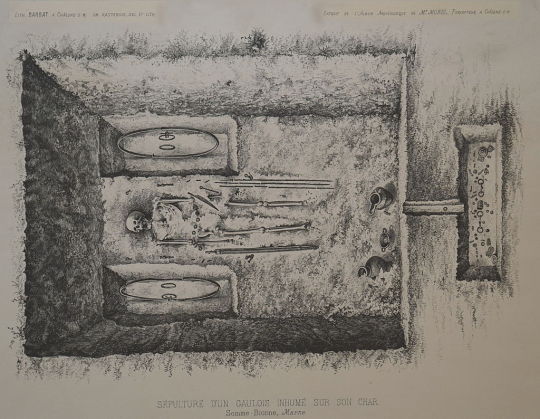

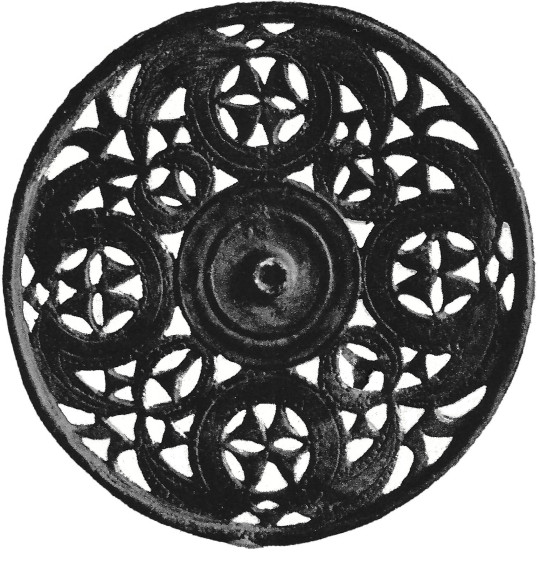

Somme Bionne, early La Tene male chariot burial
my personal favourite - fragment of horse gear with swirling swastikas
#archaeology#swastika#iron age#chariot burial#prehistory#celts#horse gear#funerary rites#prehistoric europe#La Tène period#princely tomb#artefact#my upl
5 notes
·
View notes
Text
My latest tattoo work:
Triskelion with La Tène Celtic ornamentation and a fine knotwork band. A devotional piece for three beloved gods. A joy to work on this piece - thank you for trusting me and for traveling all the way out to California to be tattooed. 🖤
Made at Ritual Tattoo in Berkeley.
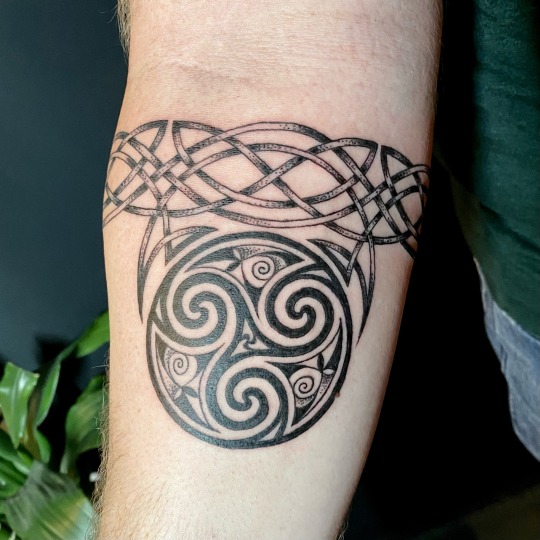
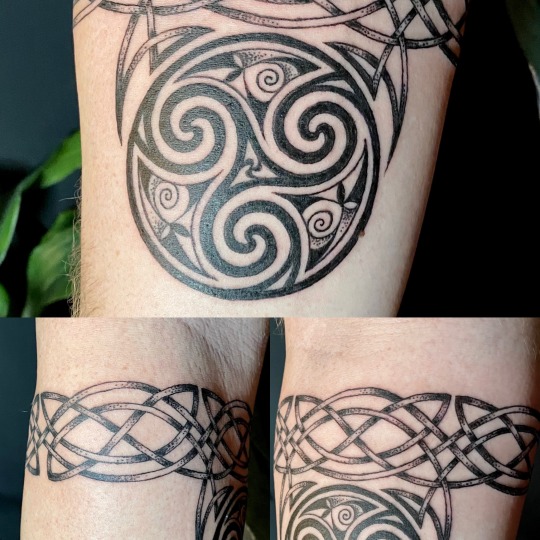
1 note
·
View note
Text
RINVENUTO TESORETTO CELTICO DI "COPPE ARCOBALENO", BAITZ, GERMANIA
RINVENUTO TESORETTO CELTICO DI “COPPE ARCOBALENO”, BAITZ, GERMANIA
Un tesoretto di 41 coppette/monete d’oro concave celtiche/coppe arcobaleno è stato scoperto nello stato del Brandeburgo, nella Germania nord-orientale.
Le monete non hanno segni e il numismatico Marjanko Pilekić della Fondazione Schloss Friedenstein Gotha stima che siano state coniate tra il 125 e il 30 a.C., da un confronto di peso e dimensioni con altre antiche coppe arcobaleno rinvenute nel…

View On WordPress
#coppe arcobaleno celtiche#Cultura di La Tène#Fondazione Schloss Friedenstein Gotha#Marjanko Pilekić
0 notes
Text
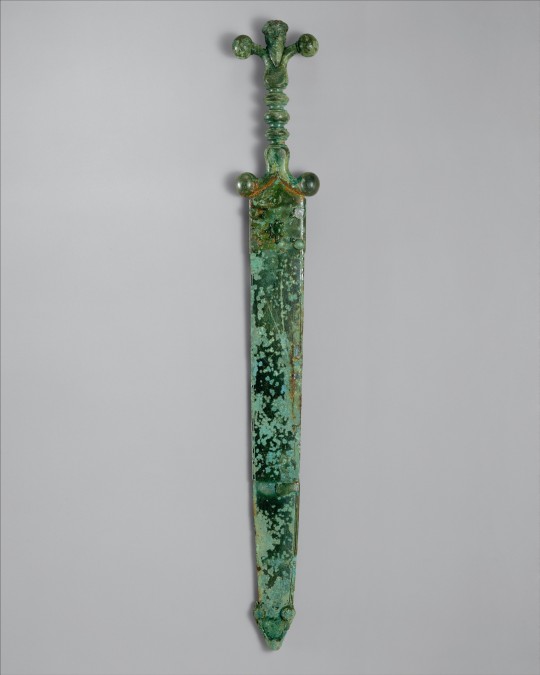
Sword and Scabbard
Celtic, ca. 60 BCE
Although the scabbard has become amalgamated to the iron blade, affecting parts of the surface, its ornamentation and the exquisitely worked hilt make the whole an evocative statement about the technical ability of the Celts, the powerful conquerors of ancient Europe. The sword is of a type associated with the La Tène culture, named after the important Celtic site on Lake Neuchâtel in present-day Switzerland and eastern France. Other related anthropomorphic swords from diverse finds in France, Ireland, and the British Isles demonstrate the expansion of the Celts across Europe.
314 notes
·
View notes
Text
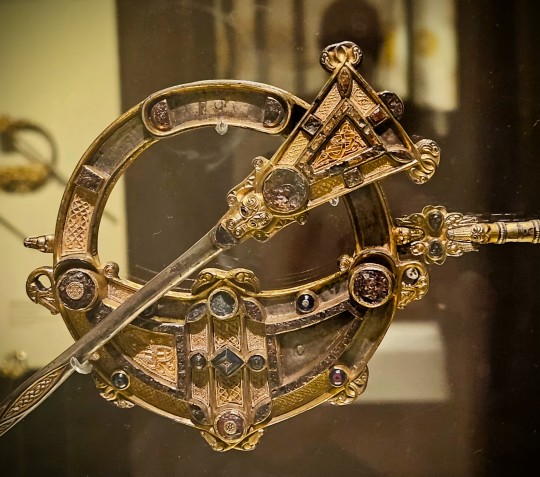
The Tara Brooch/ Dealg na Teambrach C8th CE, found in County Meath 1850
It is made of cast and gilt silver and is elaborately decorated on both faces. The front is ornamented with a series of exceptionally fine gold filigree panels depicting animal and abstract motifs that are separated by studs of glass, enamel and amber. The back is flatter than the front, and the decoration is cast. The motifs consist of scrolls and triple spirals and recall La Tène decoration of the Iron Age.
A silver chain made of plaited wire is attached to the brooch by means of a swivel attachment. This feature is formed of animal heads framing two tiny cast glass human heads.
Along with such treasures as the Ardagh Chalice and the Derrynaflan Paten, the Tara Brooch can be considered to represent the pinnacle of early medieval Irish metalworkers’ achievement. Each individual element of decoration is executed perfectly and the range of technique represented on such a small object is astounding.
text: National Museum of Ireland
(2023)
118 notes
·
View notes
Text
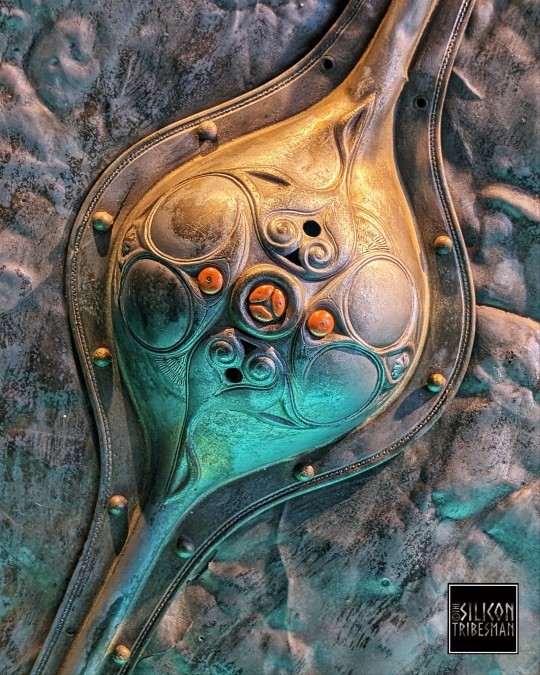
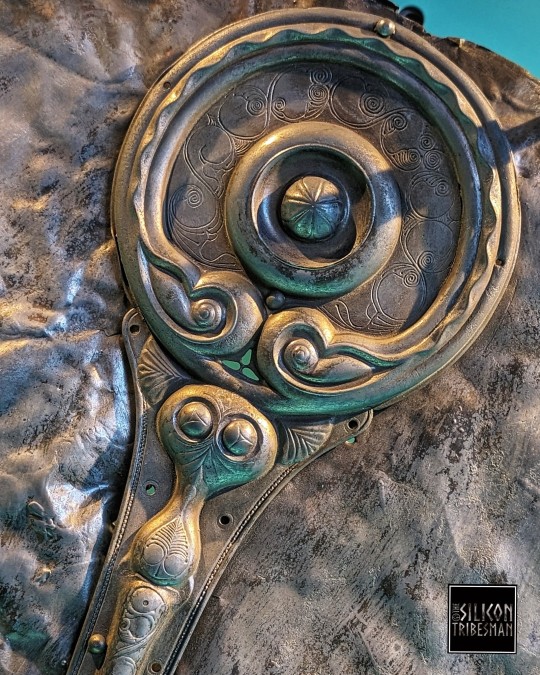
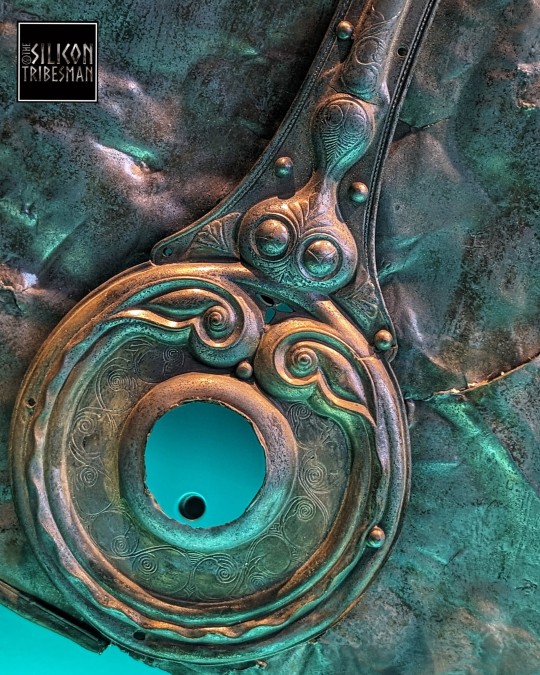
La Tène Styled Detailing from the Iron Age Witham Shield (Replica), The Collection, Lincoln
#ice age#stone age#bronze age#iron age#copper age#prehistoric#prehistory#neolithic#mesolithic#paleolithic#chalcolithic#metalwork#metalworking#shield#weapon#weaponry#ancient history#ancient cultures#ancient craft#ancient design#Lincoln
59 notes
·
View notes
Note
I'm doing a College class on Ancient Foods. My focus is on Honey like the different recipes and usages in Medieval era. I found like a couple recipes, a thing on religious relation ("Milk and Honey of Paradise") /Crusades, medicinal use, and possibly bees/beeswax because I was struggling to get something.
Y'all have any recommendations?
(I've brought Zoe in on this one; the following is a collaborative effort. Also I'm assuming you have access to your university library so you can get ahold of the cited material below quickly and for free.)
Can you include beverages? Honey is the main ingredient in mead, which should give you a lot to talk about. Susan Verberg is the premier researcher on medieval mead, and has some excellent works on both mead making and honey production. She has a website at https://medievalmeadandbeer.wordpress.com/ where you can find both her formal publications and her blog.
If you do want to talk about beverages, there were other medieval drinks that used honey. Some citations for you:
Breeze, Andrew. “What Was ‘Welsh Ale' in Anglo-Saxon England?” Neophilologus, vol. 88, no. 2, 2004, pp. 299–301.
Fell, Christine E. “Old English ‘Beor’." Leeds Studies in English, vol. 8, 1975, pp. 76-95.
You can also go into cultural symbolism; here are a couple on that:
Enright, Michael J. Lady with a Mead Cup: Ritual, Prophecy, and Lordship in the European Warband from La Tène to the Viking Age. Four Courts Press, 2013.
Rowland, Jenny. “OE Ealuscerwen/Meoduscerwen and the Concept of ‘Paying for Mead'." Leeds Studies in English, vol. 21, 1990, pp. 1-12.
Also you might want to look into the general concept of the "mead of poetry" from the Old Norse sources. You can find the origin story for that in the Prose Edda, I believe.
Definitely check out https://www.foodtimeline.org for recipes with honey during the period - they have more than you'd expect. There's also a few medieval cookbooks you can parse through. Here's an online one you can sort through that does a great job modernizing the translations: https://www.medievalcookery.com/etexts.html
As for honey itself -- there's actually quite a bit of research on that! Honey was quite a specialized trade, and most of the medieval world used it for sweetener, so there's a good amount of research.
A few leads:
honey as an alternative to sugar, which was expensive, imported, and could indicate class
honey grading: honey was graded based on location/provenance, type (lavender, orange blossom, etc.), and also by grade. However, their method of grading was very different to our modern one.
honey as a preservative, not just for flavor
Articles on this subject:
(DEFINITELY this one!!) Fava, Lluis Sales, et al. “Beekeeping in Late Medieval Europe: A Survey of Its Ecological Settings and Social Impacts.” Anales de La Universidad de Alicante. Historia Medieval, no. 22, 2021, pp. 275-96, https://doi.org/10.14198/medieval.19671.
Wallace-Hare, David, editor. New Approaches to the Archaeology of Beekeeping. Archaeopress, 2022. JSTOR, https://doi.org/10.2307/j.ctv2b07txd.
Verberg, Susan. “Of Hony: A Collection of Mediaeval Brewing Recipes for Mead, Metheglin, Braggot, Hippocras &c. — Including how to Process Honey — from the 1600s and Earlier,” 2017. Academia.edu.
If you want to look more into the medicinal usage, Cockayne's Leechdoms, Wortcunning, & Starcraft collects all the medical & scientific texts of the Old English period. It's old enough to be public domain, so it's available on the Internet Archive and HathiTrust in searchable form, meaning you can just ctrl-F "honey" and see what comes up.
Let us know how it goes!
67 notes
·
View notes
Photo
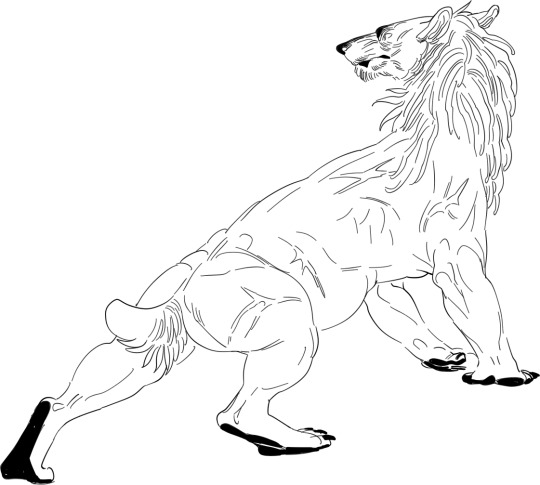
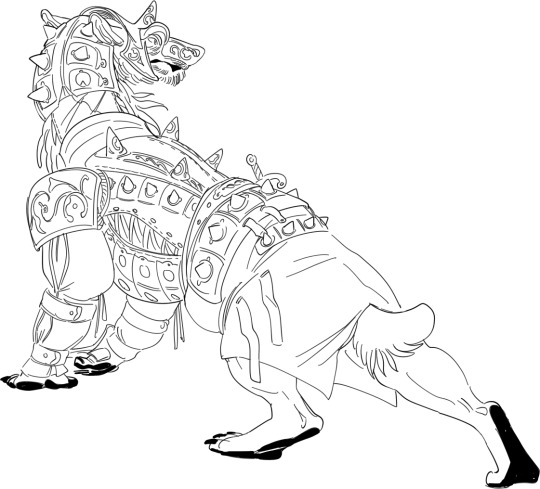
olivier werewolf form
he is actually very small, so small that he can shift without having to change clothing. this ability is more less unique to him in this setting, among a whole cast of giant werewolves, that it gives him an edge in combat because he gets to stay armoured while they don’t. his aides add the helmet and neck protection when he turns. his armour is roughly based off old gallic armours which is roughly correct in the setting time and place, though the embossed decorations on the helmet and pauldrons are la tène style
#in fact he is 5'2" in human form and roughly the same as a dog just with different proportions#i made him anachronistically spiky as a way of adding more back defense like when ppl put hawk vests on lil dogs#setting: inver
909 notes
·
View notes
Text
Y'all know the Meyrick Helmet? I've always thought it was a hilarious artifact because it looks like a La Tène artist's take on a baseball cap, but I was just reading the description about it and the 'brim' part is actually a neck guard and the only thing I can think of now is Cú Chulainn rolling up to battle like

#Sword speaks#look at me and tell me it doesn't match#this is the vibe of a man who would insult the Morrigan and die on that hill and YOU KNOW IT#Cu Chulainn#irish mythology
35 notes
·
View notes
Text
Some nations and their birth/death date
- Britannia : born around 800BCE (beginning of British Iron Age); died around 500CE, but she had been getting weaker ever since Rome's forces left.
- Rome : born in 753BCE (Rome's fonding); died in 476CE, for obvious reasons
- Gaul (celtic) : born around 700BCE (between the Halstatt and La Tène cultures); died not long after the Gallic wars in 52BCE
- Germania : born around 750BCE (Nordic Iron Age) died not long after Rome's fall
- Frankish Kingdom/Empire: died in 843 (Treaty of Verdun), son of Germania
- Burgundian Kingdom/State: died in 1482 (end of the Burgundian War of Succession), daughter of Germania
- Frisian Kingdom: died 1523 (end or Frisian Freedom after a failed Frisian rebellion), son of Germania (and is either the biological or the adopted father of the Low Countries (or at least the Netherlands))
- France: born shortly before the Gallic Wars, son of Gaul
- England: born around 500 CE (first Anglo-Saxon kingdoms), he would fully become his "own" in 927 with the Kingdom of England, son of Britannia
- Spain: born somewhere during the Roman era, son of Rome
- Portugal: same as Spain, but earlier, son of Rome
- Netherlands: born shortly before the Roman conquest of Gaul (Belgae), son of idk who yet
- HRE: born in 486CE, when the Franks beat the Soissons Domain; died 1806 for obvious reasons, son of the Frankish Kingdom
- Middle Francia/Lotharingia: born in 843CE (Treaty of Verdun); died either 958CE (division of the Kingdom of Lotharingia) or 1190CE (Lower Lotharingia lost its territorial authority), daughter of the Frankish Kingdom
- Austrasia & Neustria: born in 511CE, died in 751CE, those boys were literally twins and they started the tradition of ✨️fratricide✨️ in the family (later carried on by France killing HRE), sons of the Frankish Kingdom
- Prussia: born 1226CE (creation of the State of the Teutonic Order)/born 1th century CE if we consider him an Old Prussian (Baltic tribe), son of how do I know
- Germany: born...1806(Confederation of the Rhine), 1815(German Confederation), 1866 (North German Confederation) or 1871 (Proclamation of the Reich)
Or he's HRE according to some... I don't know he's complicated...
#feel absolutely free to propose other dates if you don't agree or think there can be another date#very west european/germanic centred sorry :(#i have no idea when Germania's children would be born tho so uh yeah sorry#mes blogs#hetalia#historical hetalia#aph rome#aph germania#aph gaul#aph britannia#aph frankish empire#aph burgundian state#aph frisian kingdom#aph france#aph england#aph spain#aph portugal#aph netherlands#aph hre#aph lotharingia#aph austrasia#aph neustria#aph prussia#aph germany#ill stop here thanks-#hetalia headcanons
48 notes
·
View notes